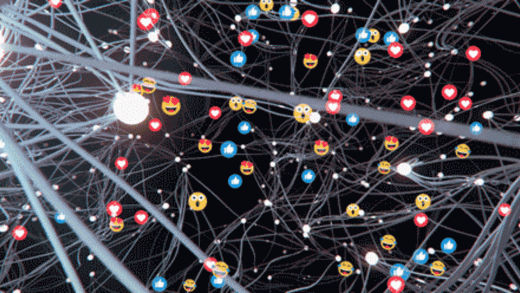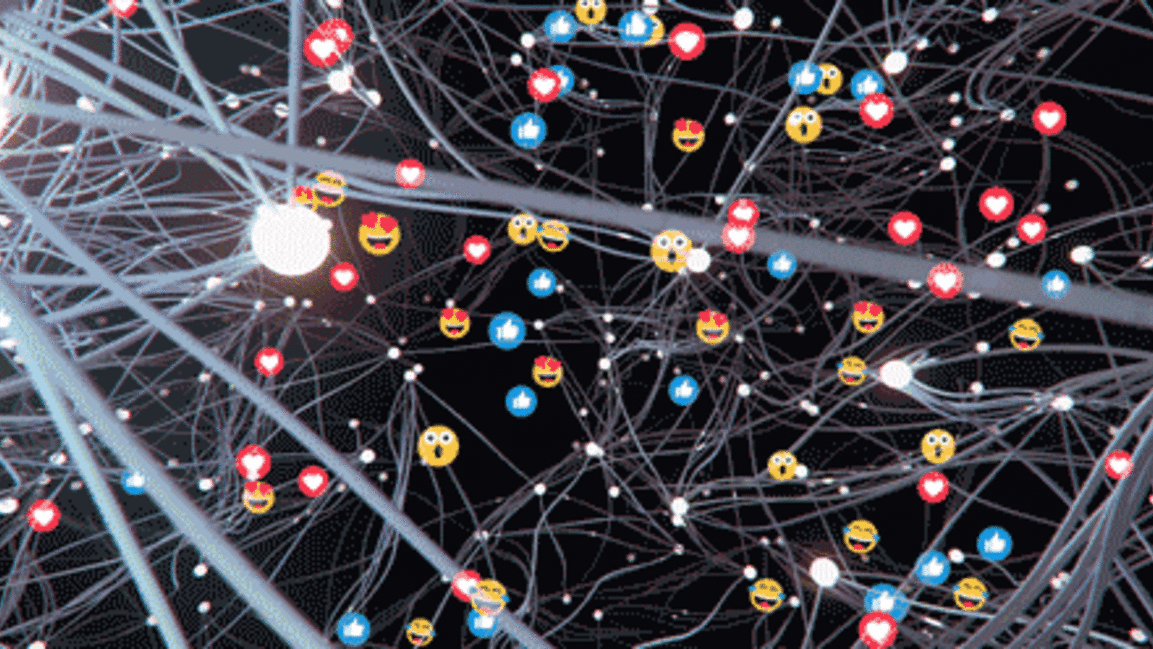Neuroscientists are using virtual reality to unlock a whole new world of brain research
The human brain is one of life’s greatest mysteries. Neuroscientists have labored for years to decode how it processes complex emotions: Where exactly do the sparks fire? And for how long?
Researchers made limited headway, but often struggled to replicate real, visceral human emotions under controlled laboratory conditions, which were necessary to standardize a number of variables. But then, they ventured into the world of virtual reality—and that has completely changed the game.
That’s according to a team from the Max Planck Institute for Human Cognitive and Brain Sciences in Leipzig, Germany. It conducted a study to monitor neural activity when humans are emotionally charged, and trialed a cutting-edge technique to get there: using the immersive power of virtual reality. Participants were given VR glasses that transported them into the cars of a roller coaster ride, where they then embarked on an exhilarating journey of highs and lows—first, a steady roll through a picturesque mountain landscape; then, a desperate dash through the flames of a raging fire; and finally—after a tense moment of teetering on the edge—a steep plunge into the depths of the abyss.
The whole experience evoked much more natural emotions, the team says, than classical methods, which typically involve researchers showing study participants static photographs of emotional scenes, such as a wounded puppy or a spooky graveyard at night. The situation of being shown a photo, the researchers say, is far removed from emotion-inducing experiences we would normally have. That’s because in real life, emotions are continuously being conjured through a combination of past memories and various environmental factors that we interact with in the present. Put simply, to understand how the brain works on a day-to-day basis, it’s critical to observe brain activity in situations that feel as real as possible, not like manufactured case studies.
Using data from the VR participants, the team was able to confirm patterns of rhythmic brain waves linked to emotional excitement, which are referred to as alpha oscillations (the lower the strength of the oscillations, the higher the degree of excitement). They were also able to predict the strength of those emotions by identifying which cranial lobes and regions were most involved. These findings could have myriad applications in the future, the team says, noting that VR glasses are already being employed in psychological therapy. If, for example, doctors could track neurophysiological activity and correlate it to emotional states in real time, then they could collect data on patients’ emotional response to any given treatment without interrupting the moment by asking the patient to self-report.
The study was published in the scientific journal eLife in October.
(39)



